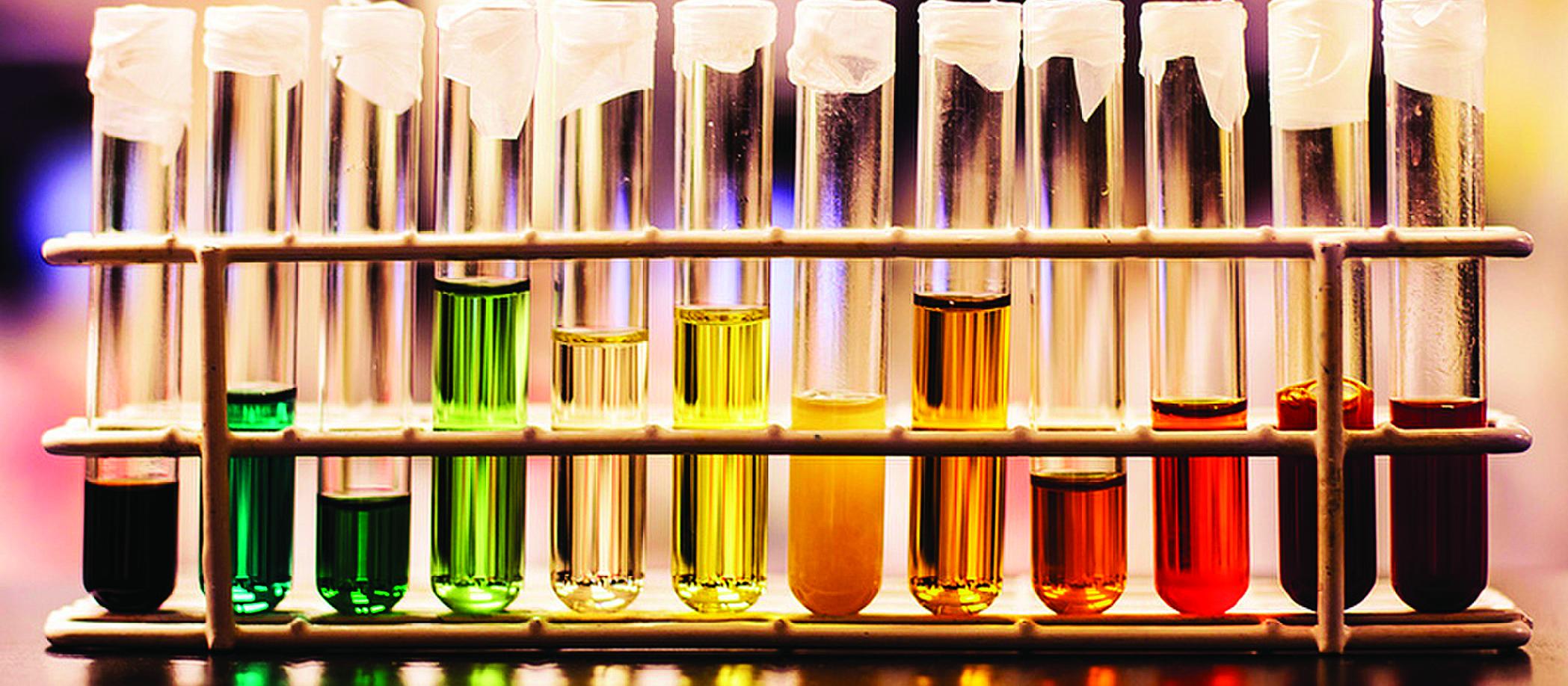For older people and frail people, the long-term benefit of medicines reduces and the potential for harm from adverse effects increases. When the benefit–risk balance changes in this way, medicine review and optimisation are important to simplify the therapeutic regimen, reduce inappropriate medicines and minimise risks. In this article, pharmacist prescriber Linda Bryant uses two case studies to illustrate important considerations during medicine reviews
Stout, pilsner or IPA: A craft beer review of urine colour
Stout, pilsner or IPA: A craft beer review of urine colour

In a busy urinalysis lab, the process of dealing with urine colours is sometimes made easier when they are compared to varieties of beer, which cover many of the normal and abnormal colours
Kia ora and welcome to New Zealand Doctor Rata Aotearoa
Not a subscriber? Unlock this article by subscribing here.
1. Roberts JR. Urine dipstick testing: Everything you need to know. Emerg Med News 2007;29(6):24–26.
2. Wu X. Urinalysis: A review of methods and procedures. Crit Care Nurs Clin North Am 2010;22(1):121–28.
3. Hardy PE. Urinalysis interpretation. Neonatal Netw 2010;29(1):45–49.
4. Simerville JA, Maxted WC, Pahira JJ. Urinalysis: A comprehensive review. Am Fam Phys 2005;71(6):1153–62.
5. Pelkan KF. Relation of urochrome to the protein of the diet. J Biol Chem 1920;43:237–42.
6. St Dombrowski Z. Physiol Chem 1907–08; liv, 188.
7. Thudichum J. BMJ 1864; ii, 509.
8. Garrod AE. Proc Roy Soc Lond 1894; lv, 394.
9. Klemperer G. Berl Klin Wochenschr 1903; xl, 313.



